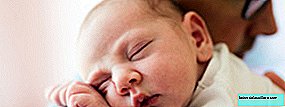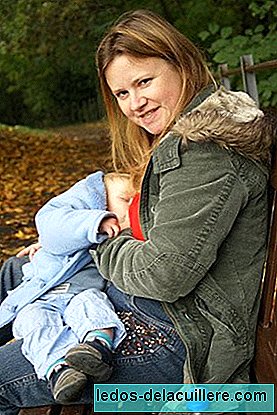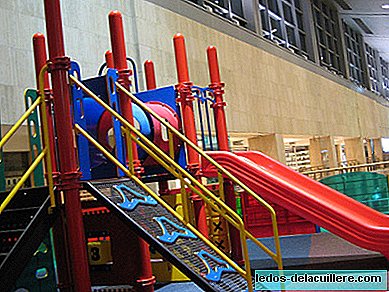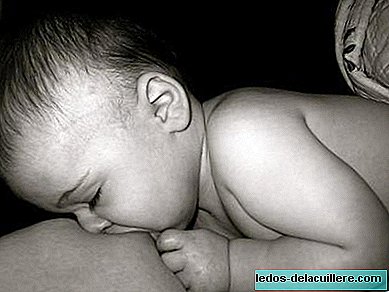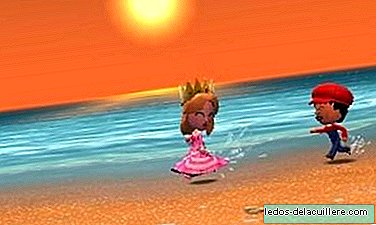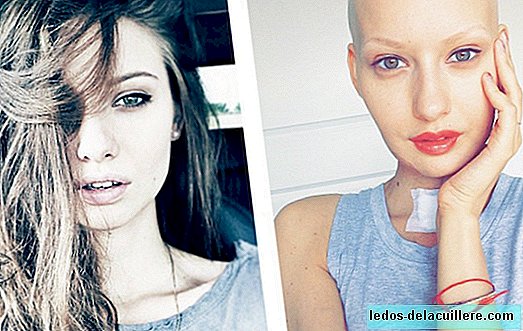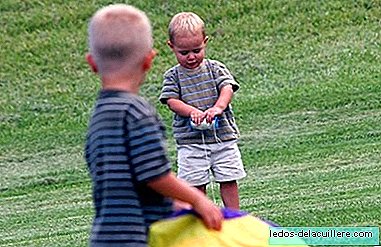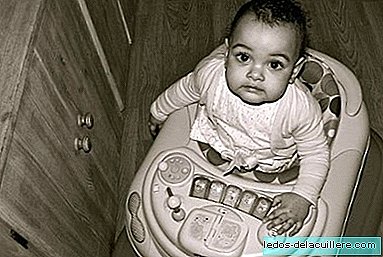
After having offered you the first part, we return with the interview with dr. Javier Calvo, medical specialist at the Fundació Banc de Sang and Teixits de Baleares, responsible for its Molecular Biology laboratory, which participated in the creation of the first breast milk bank in Spain, that of the Balearic Islands.
We will deepen this time in the donation process, the reality with which the milk banks, the recipients and the characteristics of the donated milk. We invite you to learn more about the subject.
Who can be a milk donor?
Any mother who is breastfeeding her child, preferably less than six months, and who follows healthy lifestyle habits and does not take medication that contraindicates the donation. After an interview, sign an informed consent and perform a serology to rule out the presence of markers of communicable infectious diseases, the mother is accepted as a donor.
One thing is theory and another practice. What profile do women donors have?
In our bank the average age is 31 years. 75% have their first child and 15% the second at the time of donation. 50% begin donation before the second month of their child's life and 80% remain as donors for two months. Unlike other milk banks included in a large hospital center, donors working in the healthcare world do not stand out in our bank.
Do all milk banks have a home collection service?
No, we do, but in many banks, mothers have to travel to the bank to carry the milk.
Can a mother of a Community who does not have a milk bank be a donor? How?
It is quite complicated because of the transport issue, unless the mother can travel to the bank personally to carry the milk. We, in some very special case, have collected milk stored by mothers with quantities greater than 10 liters and in a single collection system, but they are exceptions.

What control and processing do donated milk receive once in the laboratory?
Each batch of milk is analyzed microbiologically before and after its processing. The one that does not meet the acceptability criteria is discarded. The milk is subjected to a heat treatment, known by pasteurization to sanitize it, that is, to decrease its microbiological content to acceptable levels. The nutrient content of each batch of milk is also analyzed, ie the amount of protein, fat and carbohydrates.
What nutritional differences exist between breast milk and donated milk that reaches the baby?
As for the nutritional capacity they are very similar, although the processing of inactive bank milk some enzymes that facilitate the absorption of nutrients. The biggest differences are due to the loss of activity of some immunological factors and growth factors. That is why it is always better for the mother's milk to be raw and fresh from the breast.
From the moment the milk is frozen, it loses some properties that are accentuated with pasteurization. That is why some banks are devising systems that guarantee milk safety but without losing so many properties. However, bank milk is always much more beneficial than artificial formula milk that only provides nutrients and no immune or trophic benefits.
What babies mainly receive donated milk?
The main recipients of bank milk are low birth weight premature children (less than 1500 grams) whose mother does not have their own milk to feed them or breastfeeding is not indicated due to mother's problems.
They may also receive milk from the bank, children with formula milk intolerances, or children undergoing digestive surgery, among other indications.
Countries like Sweden or Italy have an extensive tradition in the field of milk donation. In Spain it is a recent practice: What could be done to increase donations?
From our experience as soon as a milk bank is launched, donations arrive immediately in adequate quantities. Spain is a very supportive country in health aspects, being the best country in the world in organ and tissue donations and one of the best in donating umbilical cord blood.
In summary, what is needed is that new milk banks be created and that their need be claimed by the neonatal units that are the main beneficiaries.
I would like to thank all those who have collaborated with our milk bank, from the newborn units of Son Dureta, Son Espases and Son Llatzer, to breastfeeding support associations such as ABAM, media, milk bank staff , and especially to Dr. Sergi Verd who was our inspirer and to all the donors who have contributed their effort, their time and their milk to help others in a selfless way.
For our part, we from Babies and more appreciate the Javier's willingness and kindness in answering our questions about milk banks and spread the great work he does with his team and collaborators.


